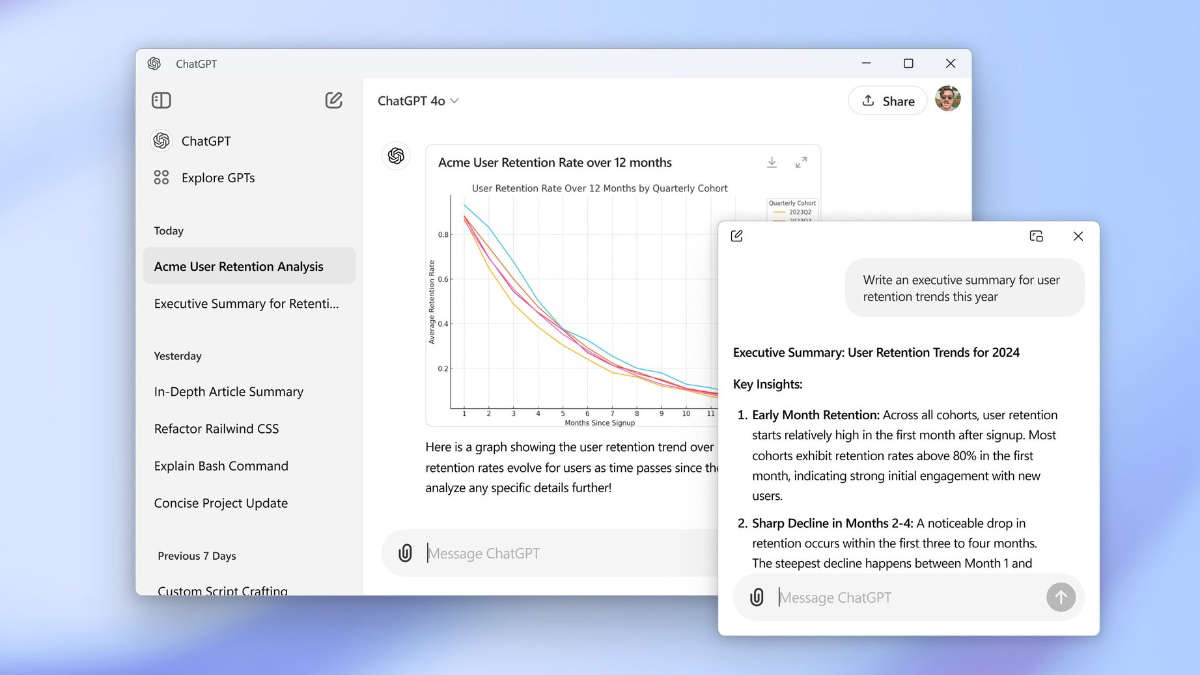Place your adverts here on InfoDig @ low rates; banner ads, sponsored links and guest articles etc. Contact us
The Contributory Pension Scheme (CPS), introduced by the Pension Reform Act of 2004, marked a critical shift in Nigeria’s pension landscape. As we mark two decades since its inception, it’s an opportune time to reflect on its journey so far, the impact it has had on pensioners and the economy, and the lessons learnt along the way. However, it also faced challenges, from pension agitations to exit the scheme to accrued rights, all of which provide valuable lessons on navigating future reforms.
Before the advent of the CPS, Nigeria’s pension system operated on a defined benefit (DB) structure, where the government bore the entire responsibility for pension payments. This system was fraught with problems; pensioners often went for years without receiving payments due to insufficient budget allocations. Backlogs grew as governments struggled to pay pensions owed to retired workers, resulting in hardship for retirees. The DB system was underfunded and financially unsustainable, especially as the workforce grew larger and average lifespan increased, placing more strain on pension obligations. These challenges made a pension overhaul necessary, leading to the enactment of the Pension Reform Act of 2004, which established the CPS.
The Pension Reform Act (PRA) of 2004 was landmark legislation that revolutionised pension administration in Nigeria by introducing the Contributory Pension Scheme (CPS). Under this law, employees and employers jointly contribute to a Retirement Savings Account (RSA) for each worker, making pensions more sustainable. The law set the minimum combined contributions at 15% of an employee’s monthly earnings.
The Pension Reform Act of 2014, which amended the 2004 law, further improved the CPS by increasing contributions to a combined minimum of 18 percent and tightening regulations to ensure compliance by both private and public sector employers. The amendment also introduced harsher penalties for defaulters and provided clearer guidelines for pension fund investment diversification.
When Nigeria transitioned from the old Defined Benefit (DB) scheme to the CPS, one major issue was accrued pension rights. These are the pension benefits earned by workers who had already spent years in service under the old DB system before the CPS came into effect.
The challenge was that many of these workers had not had their accrued benefits transferred to the CPS, creating a backlog of unpaid pensions for employees who retired after the CPS was introduced. While the CPS guarantees contributions from the time of its establishment, many employees were left waiting for the government to reconcile and pay their accrued rights. The resolution of this issue is ongoing, but efforts have been made to ensure that government workers’ prior pension entitlements are recognised and eventually paid.
The CPS has delivered significant benefits since its inception, changing the pension landscape in multiple ways:
Timely payment of pensions: Under the CPS, retirees no longer face long delays in receiving their pensions. Payments are based on the balances in their RSAs, making the system more predictable and transparent.
Reduction of pension liabilities: The scheme has significantly reduced the pension burden on federal and state governments by shifting some responsibility to employers and employees. This has led to better budget management and reduced fiscal pressure.
Accrued savings and returns: Pensioners not only receive their contributions upon retirement but also earn returns on their savings since funds are invested in various asset classes. So far, the CPS has paid over ₦3 trillion to retirees, while their funds continue to generate returns.
Personalised Accounts: Each worker has a personalised Retirement Savings Account (RSA), which offers transparency as contributors can track their savings, contributions, and returns. This was a significant improvement over the DB system, where workers had little control over their pension fate.
The National Pension Commission (PenCom) was established to regulate and supervise the pension industry under the CPS. PenCom’s primary role is to ensure the effective administration of the CPS by enforcing compliance, managing pension fund administrators, and ensuring that pensions are paid to retirees on time.
PenCom also sets guidelines for pension fund investments, ensuring that funds are managed in a way that balances return with security. Additionally, it monitors the industry to prevent fraud or mismanagement and ensures that Pension Fund Administrators (PFAs) remain accountable to contributors.
A key feature of the CPS is the ability to diversify pension fund investments across various asset classes to mitigate risk and optimise returns. Pension funds in Nigeria are invested in several asset categories: FGN Securities, Corporate Bonds, Equities, Real Estate, and Money Market Securities. By diversifying across these asset classes, pension funds can withstand market volatility and inflation while generating steady returns for contributors.
Looking ahead, the CPS is poised to grow even further. With over ₦20 trillion in pension assets and the increasing participation of both public and private sector workers, the pension industry is becoming a vital player in Nigeria’s economic development.
Key areas for growth:
Full state participation: Many states have yet to fully transition to the CPS. Encouraged state participation will broaden the scheme’s reach and ensure that all retirees benefit from timely pension payments.
Expansion to informal sector: The Micro Pension Plan (MPP) was introduced to bring informal sector workers into the CPS fold. As Nigeria’s informal sector constitutes a significant portion of the workforce, increasing awareness and participation is crucial for the system’s growth.
Improved return on investments: While pension funds are generating reasonable returns, inflation and market volatility present ongoing challenges. PFAs must continue to diversify and innovate in their investment strategies to ensure that pension savings grow in real terms.
Technological advancements: Automation and digitalisation will make pension management more efficient. Contributors should have easier access to their accounts, while automation can improve compliance and fund management.
Conclusion
The journey of the Contributory Pension Scheme in Nigeria has been transformative. From the pension struggles of the pre-CPS era to the modern, well-regulated, and diversified system we have today, the CPS has provided financial security to millions of Nigerians and contributed significantly to the nation’s economy. However, challenges such as accrued rights, non-compliance, and inflation still exist, and there is much room for growth in participation and asset management.
As the CPS moves into its third decade, continued reforms, state participation, and a focus on innovation will ensure that Nigeria’s pension system remains robust, transparent, and beneficial to all stakeholders.
Olajumoke Akinwa, works with a pension company in Lagos.

 2 hours ago
27
2 hours ago
27












![[Updated] List of Scholarships for African Women 2024](https://www.afterschoolafrica.com/wp-content/uploads/2015/11/Educate-a-woman-girl.jpg)

 English (US) ·
English (US) ·